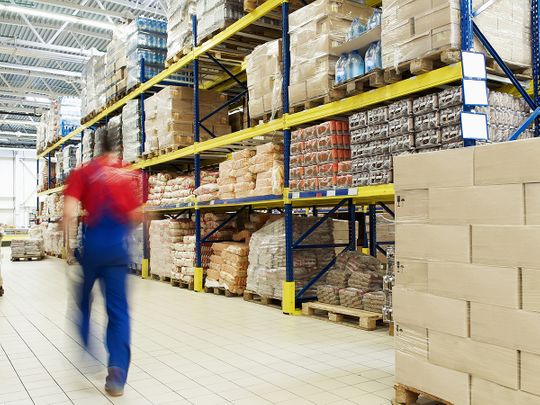
Food wholesalers have seen their industry dramatically upended in the wake of the COVID-19 pandemic as restaurants have experienced turmoil and significant change. While this has created many challenges, it has also presented new opportunities that could create a bright future with the right strategic approach. Our research and analysis highlights the dichotomy in trends we are noticing between the restaurant and bar industry, which are operating at all-time lows, compared to grocery and convenience stores which can’t seem to keep products on the shelf. Within this environment, food wholesalers can take action to succeed while walking this tightrope.
Since March 2020, restaurants have needed to develop and roll out new service models, and the food wholesalers who provide the supplies and ingredients to these restaurants have needed to adjust their strategies as well. Prior to the emergence of the pandemic, most food wholesalers relied heavily on customers in the restaurant industry for the lion's share of their revenue. However, given newfound uncertainty and risk, wholesalers have needed to re-imagine business models to navigate the circumstances and build a prosperous future.
To break through these challenges, food wholesalers should seek to understand how much of their revenue is at risk given their current customer base, and what actions they can take to mitigate this risk and drive profitable growth. We identified and evaluated four different actions that will enable this industry to survive and thrive in the future:
- Prioritise collections on previously delivered orders
- Qualify customers before approving new orders
- Strategically define an ideal ongoing market mix as the situation continues to evolve
- Fill sales pipelines with leads in current and adjacent industries
In order to inform and prioritise these actions, we used the Dun & Bradstreet COVID-19 Impact Rank Index which index takes into account geographic location, government restrictions, financial health, and payment information. This facilitated the identification of two groups of B2B customers; those who are at the highest risk of being impacted and those who are poised for growth. One notable observation from our analysis is that food wholesalers may be able to increase revenue by redirecting distribution to grocery stores and away from restaurants, which have dramatically scaled down their purchasing.
While it seems inevitable that many businesses in the food industry will close their doors over the coming weeks and months, having a data-driven strategy in place to navigate these changes can give food wholesalers a chance to prosper.










